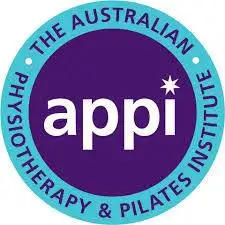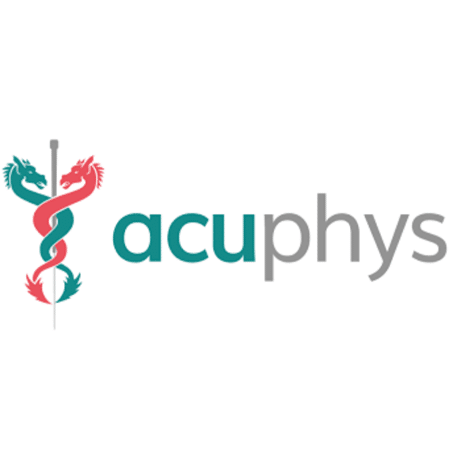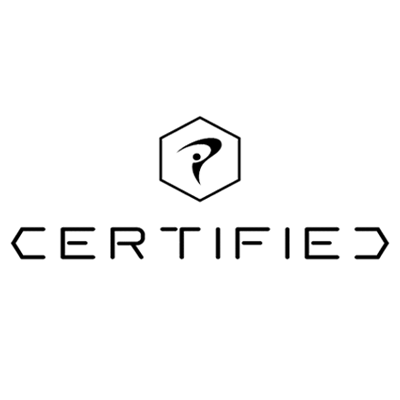Shoulder Pain

What is it?
Shoulder pain is the term used to describe any pain that you might feel in and around the shoulder area, and typically shows up when moving your arm overhead.
Shoulder pain is often a difficult problem to live with as we use our arms for so many things in life. Getting the right diagnosis and plan in place is key to resolving the problem.How it might show up in your life?
Pain when moving your arm over head height
You may struggle to wash your hair or fasten a bra
Everyday tasks like lifting the kettle or putting the dishes away cause pain
Sleeping on the affected side is sore
Painful when looking after or playing with your kids/grandkids
Holding the steering wheel when driving is sore
Cradling your arm to find comfort
You may be reaching for painkillers
How it might feel?
Dull or aching pain
Constant or intermittent pain (comes and goes)
Sharp, shooting, stabbing or burning pain
Stiff and limited movement
Where you might feel pain?
At the front or side of your shoulder
In your mid upper arm area
Feel a sore catching point when moving your arm
You begin to lose movement
Your shoulder just feels weaker
Pain may refer down the side of your arm and/or into the hand
Pain may refer up towards the neck and head
Why do I get Shoulder pain?
Most shoulder pain can be split into 2 types: traumatic and non-traumatic.
Traumatic shoulder pain is usually the result of a sporting injury or a clear event that causes you pain, like falling over on your shoulder or lifting something heavy. In this instance, you might suffer a strain or tear of a ligament, muscle or tendon, or we might see a shoulder dislocation.
The most common type of shoulder pain however, is non-traumatic. This refers to pain that results from the gradual build-up of pressure on the structures of the shoulder over time.
The shoulder joint is an amazing in that it affords us a lot of movement, which makes it possible to do things like tennis, do pull ups, lift our kids and drive etc. However, in order to do these things and give ourselves the best chance of not getting injured, we need these structures (muscles, tendons, ligaments and nerves) to be strong, mobile and working in harmony with each other.
Below is a list of shoulder conditions that can cause pain.

Rotator Cuff Pain
The rotator cuff put simply is four muscles that live in and around the shoulder blade and provide strength and stability for the shoulder.
The reason some people get pain here is in part due to where these muscles attach, which is a small space between the upper arm bone (humerus) and the end of the shoulder blade bone (acromion), referred to as the subacromial space.
Now this space is relatively small so it means that over time as we use our arms in every day life, the tendons begin to compress and rub off the bone, until eventually they can begin to break down, becoming inflamed and painful. The most common tendon to be affected by this is called the supraspinatus.
This process is often exacerbated in people who are stiff and/or weak in these muscles and upper body in general. As many of us spend a large proportion of our day at the desk, these postures can result in excessive pressures on the shoulder and ultimately pain.
Frozen Shoulder
Frozen shoulder is a condition which causes the shoulder joint to seize, stiffen and become very painful. People will experience a sometimes drastic reduction in their movement to the point where they struggle to carry out every day tasks.
Generally, there are three phases that people with a frozen shoulder will go through over a varying length of time (anywhere from 2-18 months and beyond).
It is most common in women of the menopausal age, followed closely by of the same age. The exact reason behind why it happens is unclear but there is a link between diabetes and being more susceptible to a frozen shoulder.
Getting a thorough assessment to determine at what stage of the condition you are in is key to best management.
Bursitis
Other causes of shoulder pain
How do we treat Shoulder Pain?
We use our 4-step system to assess and treat your shoulder pain as outlined below. This ensures you have the best possible chance of getting better and the problem not returning in future.
1) Assess
First we listen to you and take a detailed history of your shoulder pain and problem. Then we assess your shoulder, neck, upper back and arm using simple movement tests and screens.
We then explain your likely diagnosis and proposed treatment plan of exactly what we need to do to get you better.
2) Mobilise
Soft tissue massage and mobilisation
Joint mobilisation
Acupuncture and Dry Needling
Muscle Energy Techniques
Taping
Advice around lifestyle, posture and ergonomics.
3) Strengthen
Once pain has begun to settle and we are moving in the right direction, the emphasis shifts to helping you build the necessary strength and resilience of muscles and joints in order to get those long-lasting results. We work with you 1:1 in our dedicated rehab space and/or start you in our group PhysioFit Pilates classes.
4) Optimise
Note: Most people don’t need scans but if during the assessment or subsequent treatment sessions we decide your condition does need further investigation like an X-ray or MRI, we have the facilities to refer you privately if you wish. Usually, we can get this organised and have a result within 3-5 days.
How do I get started?
Like to speak to someone first?
No problem, please call the main desk and if needed we can have a physio call you back to discuss your specific situation.
Testimonials
What Our Clients Say





